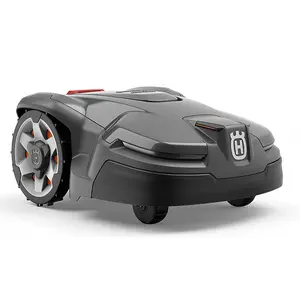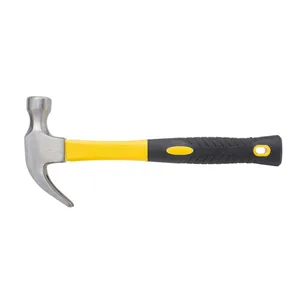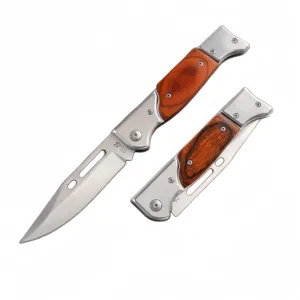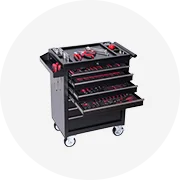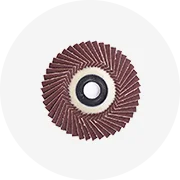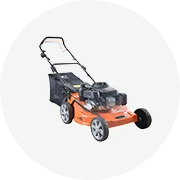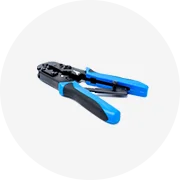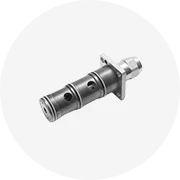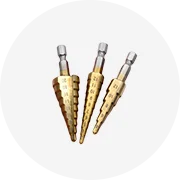Popular in your industry



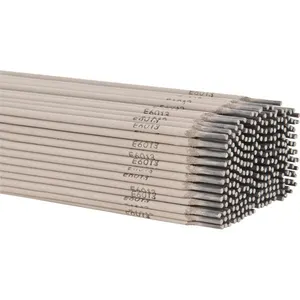












Related Searches:



























Top categories
About welding electrodes e6024
Whether you are having a particular type of welding electrode in mind or you are simply searching for a welding rod based on its welding current, base metal, or metal thickness, you can expect to find the welding rod you are looking for among our list on this platform.
Launch your search for some of the most common and widely used welding rods here such as the 6010 welding rods, 6011 welding rods, 6013 welding rods, 7018 welding rod, and 7024 welding rod, you will not be disappointed. Even if you are looking for some less common welding rods such as 8010 welding rods & 309 welding rods, you can expect to find them listed here.
You may also proceed to look for the wholesale welding electrodes e6024 here based on the welding metal or material. For example, you can check out aluminum welding rods, plastic welding rods, cast iron welding rods, stainless steel welding rods as well as nickel welding rods here
Proceed to have a look at the many options welding electrodes e6024 accessible on Alibaba.com to find your suitable welding rods and other relevant welding accessories here now. Remember to always keep an eye out for fantastic offers with big savings offered by various sellers and manufacturers including some bundle free shipping options from time to time.

